What is hotshot trucking? Pros, cons and how to start
Hotshot trucking is a fast, flexible way to haul urgent or LTL freight with smaller trucks, and it’s quickly gaining traction. This guide covers how it works, the pros and cons, and how to start your own business.
By Geotab Team
Jul 25, 2025
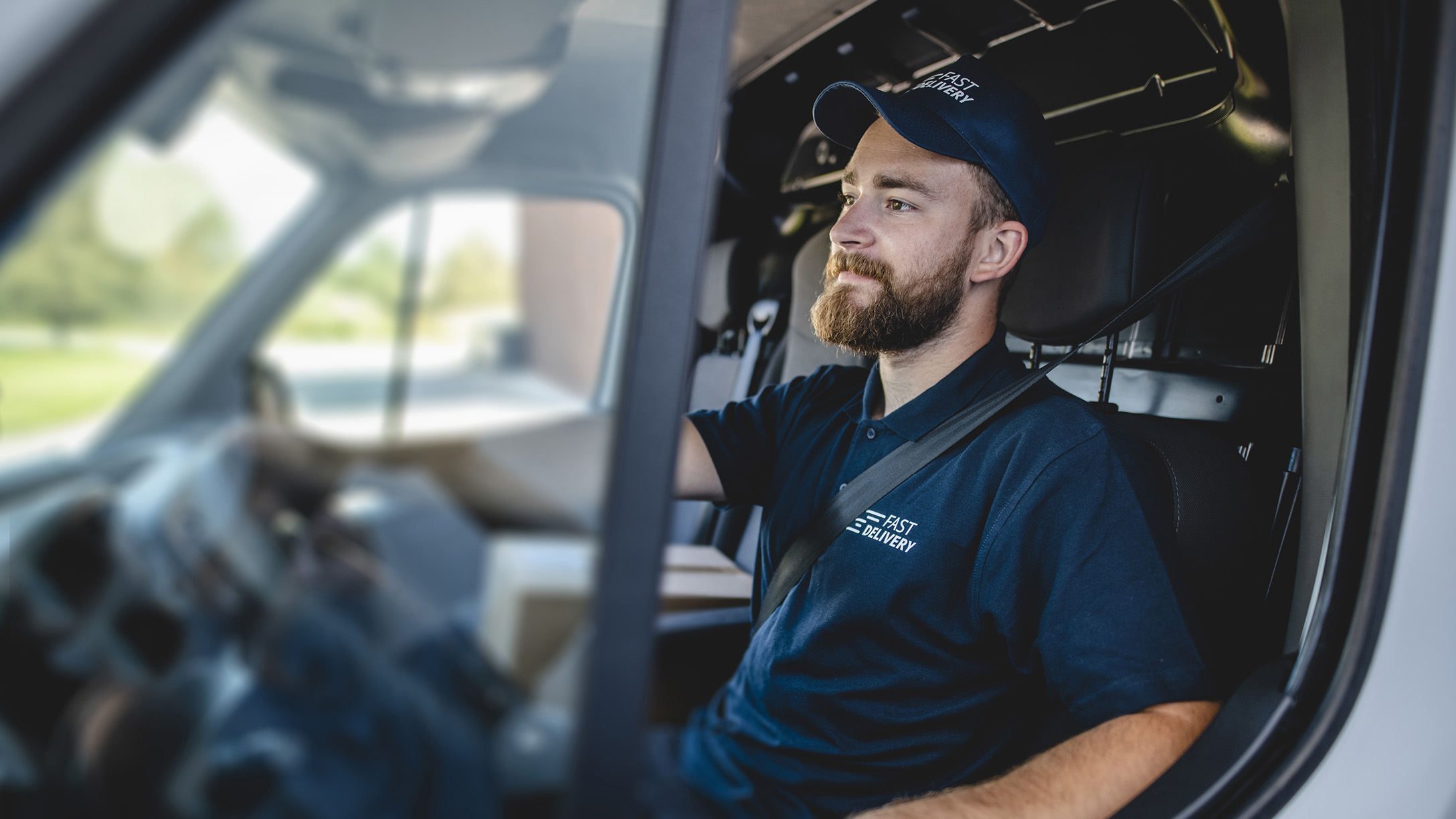
Key Insights
- Hotshot trucking uses smaller trucks to move time-sensitive or less-than-truckload (LTL) shipments quickly.
- It offers flexibility, faster deliveries and lower costs than traditional trucking.
- This model suits independent drivers, contractors and small businesses needing urgent transport.
- To start, secure the right equipment, licenses, insurance and a plan to find customers and set fair rates.
Hotshot trucking, a growing segment of the transportation industry, offers drivers and businesses a fast and flexible way to move freight.
This specialized service plays an important role in trucking logistics, helping companies meet tight deadlines and deliver critical materials efficiently.
In this guide, we’ll explain how hotshot trucking works and explore the pros and cons of hotshot trucking, so you can decide if it’s the right fit for your business or career.
What is hotshot trucking?
The meaning of hotshot trucking is to transport smaller, time-sensitive or less-than-truckload shipments using pickup trucks or medium-duty vehicles, such as a Class 3 to Class 5 vehicle.
Unlike traditional trucking, which uses larger trucks to haul full trailer loads, hotshot trucking focuses on moving less-than-truckload (LTL) freight quickly and efficiently.
Hotshot trucking began as a way for oilfield workers to deliver critical equipment and supplies fast. Over time, it expanded into many industries and heavy equipment transports that rely on urgent deliveries.
Key points about how it works:
- Flexible vehicles: Hotshot drivers use smaller trucks and flatbed trailers that are easier to maneuver in tight or remote areas.
- Expedited service: Loads are often picked up and delivered the same day or within tight deadlines.
- Direct routes: Drivers usually transport one customer’s load at a time, reducing delays.
- Technology support: GPS tracking and telematics systems help drivers plan efficient routes, share delivery updates and keep vehicles in good condition.
This model allows businesses to avoid the wait times and scheduling requirements common in traditional trucking. Hotshot drivers can respond to last-minute requests and adjust routes as needed, making it an especially agile option.
Benefits of hotshot trucking
Hotshot trucking offers a unique blend of advantages, making it an appealing choice for drivers and businesses. Here are some pros of hotshot trucking:
Flexibility and convenience
Hotshot trucking offers drivers flexible schedules and route optimization that easily adapts to last-minute or urgent requests. This helps businesses get prompt, reliable deliveries when they need them most.
Drivers benefit by working with diverse clients across industries, maximizing income potential and building long-term relationships that support business growth.
Speed and efficiency
Hotshot trucking beats traditional methods by using smaller vehicles that navigate traffic faster, take direct routes and improve fleet fuel efficiency. This means quicker deliveries when time is critical and less fuel wasted on long hauls or idle time.
Industries like oil and gas, construction and agriculture rely on hotshot trucking to deliver urgent materials and equipment on tight schedules, keeping operations running without delays.
Lower operating costs
Hotshot trucking cuts costs by using smaller vehicles that save on fuel and maintenance. Operating as independent contractors, hotshot drivers avoid the expenses of large fleets and staff.
This lean setup lowers overhead, boosts profits and gives drivers more control to optimize earnings. Technology such as vehicle monitoring systems also helps reduce costs by tracking performance, fuel use and maintenance needs.
With its mix of flexibility, speed and cost savings, hotshot trucking is a smart, profitable option for urgent and cost-conscious deliveries across industries.
Hotshot trucking challenges
Hotshot trucking also comes with some considerations. Here are some of the cons:
Managing long hours and stress
Hotshot trucking can be physically and mentally demanding, requiring drivers to work long hours and navigate through varying road and weather conditions.
Proper time management, regular breaks and adopting stress-management techniques are paramount to maintaining the well-being of hotshot drivers. Establishing a healthy work-life balance is essential for long-term success in this industry.
Dealing with unpredictability
The nature of hotshot trucking entails dealing with uncertain and unpredictable situations. From unexpected vehicle breakdowns to clients requesting urgent last-minute deliveries, hotshot drivers must prepare for unforeseen challenges.
Adapting to changes quickly, keeping lines of communication open and having contingency plans in place and pre-trip inspections are essential for overcoming these obstacles and maintaining a high level of service.
Unpredictable income
Hotshot trucking income can vary widely due to the fluctuating availability of loads and changing market conditions. Unlike salaried positions, hotshot drivers rely on securing consistent jobs to maintain steady revenue.
Factors like fuel price spikes, seasonal demand shifts, weather delays and economic changes impact earnings. Managing this unpredictability requires careful budgeting and building strong client relationships to ensure a more reliable workload over time.
How to start a hotshot business
Starting a hotshot trucking business can be an exciting and lucrative venture. However, you must meet several essential requirements to ensure a successful operation:
1. Get hotshot trucking equipment and licenses
To start hotshot trucking, you’ll need the proper licenses and equipment. Most operators require a commercial driver’s license (CDL) and must comply with Federal Motor Carrier Safety Administration (FMCSA) regulations.
Next, select a truck that fits your typical load size. Common options include Class 3, 4 or 5 trucks, such as flatbeds or dually pickups, designed to safely carry your cargo’s weight and dimensions.
Don’t forget essential equipment like trailers (gooseneck, flatbed, bumper pull) and insurance coverage, which vary based on load type and region.
2. Find customers and build relationships
With your licenses and equipment ready, focus on finding customers and building strong relationships. Customer acquisition is essential to any hotshot trucking business. Here are key strategies:
| Strategy | How to implement |
|---|---|
| Network in the industry |
|
| Reach out to local businesses |
|
| Leverage digital tools |
|
| Deliver outstanding service |
|
| Build long-term relationships |
|
Combining proactive outreach with excellent service will help you build a solid customer base and set your hotshot trucking business up for long-term success.
3. Set pricing and manage payments
Setting fair and clear pricing is important for any hotshot trucking business. Most drivers quote jobs based on a rate per mile, a flat fee or a combination of both.
Your rate can depend on factors like:
- Distance
- Load size
- Delivery deadlines
- Fuel costs
When you share how you calculate your rates, you help build trust and avoid confusion.
4. Use technology to streamline your business
Technology can help you run your business more efficiently. GPS-enabled vehicle tracking devices provide real-time location updates so you can share accurate delivery times with customers and plan better routes.
Automatic maintenance reminders help you keep vehicles in good condition and avoid unplanned downtime.
Telematics tools collect data on vehicle health, driver behavior and fuel use. This information can help you lower costs, stay compliant and improve service. Even small trucking operations can benefit from solutions that make work simpler and more transparent.
Start your journey in hotshot trucking
Hotshot trucking is an accessible business model with strong demand across several industries, like construction, manufacturing and e-commerce. As an independent driver or small fleet owner, you can deliver critical loads on tight schedules while maintaining control over your operations.
Before you get started, consider:
- Choosing the right truck and trailer for your typical loads
- Securing the licenses and insurance required in your state
- Setting fair pricing and using reliable invoicing tools
- Leveraging technology like GPS tracking and telematics to improve efficiency
Ready to optimize your operations? Explore Geotab’s fleet optimization software to get started.
Subscribe to get industry tips and insights
Frequently Asked Questions
A hotshot business is a company that uses smaller trucks to deliver urgent or less-than-truckload (LTL) freight quickly and on short notice.
Hotshot trucking can be worth it if you value flexibility, lower startup costs and faster deliveries. However, it requires long hours, managing your own business and dealing with income variability.
Many drivers find it profitable as an independent contractor or side hustle, especially if they build a reliable customer base.
Yes, you can drive hotshot loads without a CDL if your truck’s Gross Vehicle Weight Rating (GVWR) is under 26,000 pounds and you’re hauling less-than-truckload freight. For heavier loads or certain cargo types, the law may require a CDL.
Hotshot drivers typically earn income per load or per mile. Payments often come through direct contracts with clients or via load boards. Some drivers charge flat rates based on distance, load size and urgency.
Reliable invoicing and timely payment collection are key for steady income.
The Geotab Team write about company news.
Table of Contents
Subscribe to get industry tips and insights
Related posts
.jpg)
Go beyond reactive truck maintenance with predictive solutions that drive profits
December 8, 2025
3 minute read
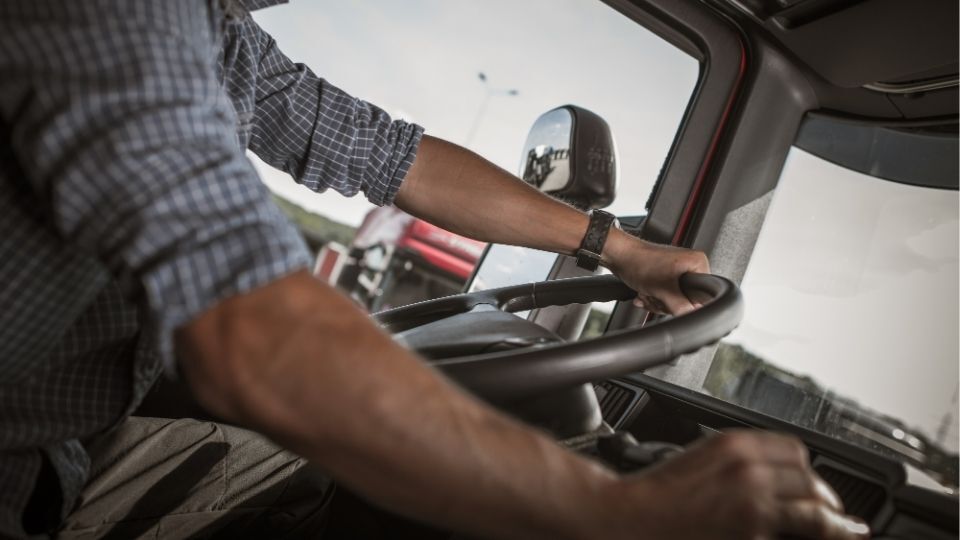
The $4B Crisis: Video Intelligence as the Answer to Fleet Distraction
December 2, 2025
3 minute read
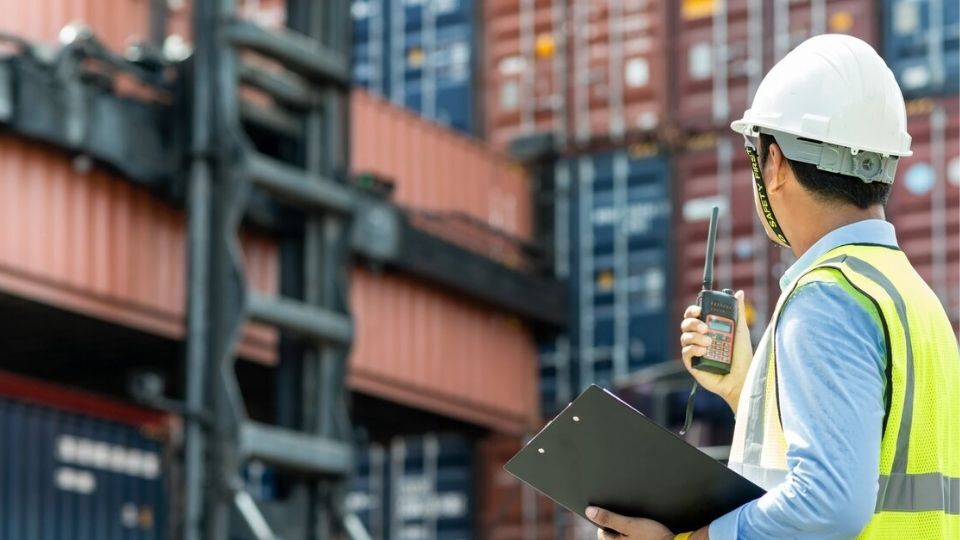
The True Cost of Cargo Theft: When Customer Trust is on the Line
November 24, 2025
2 minute read

Telematics device cost: Key factors that determine pricing
November 19, 2025
5 minute read
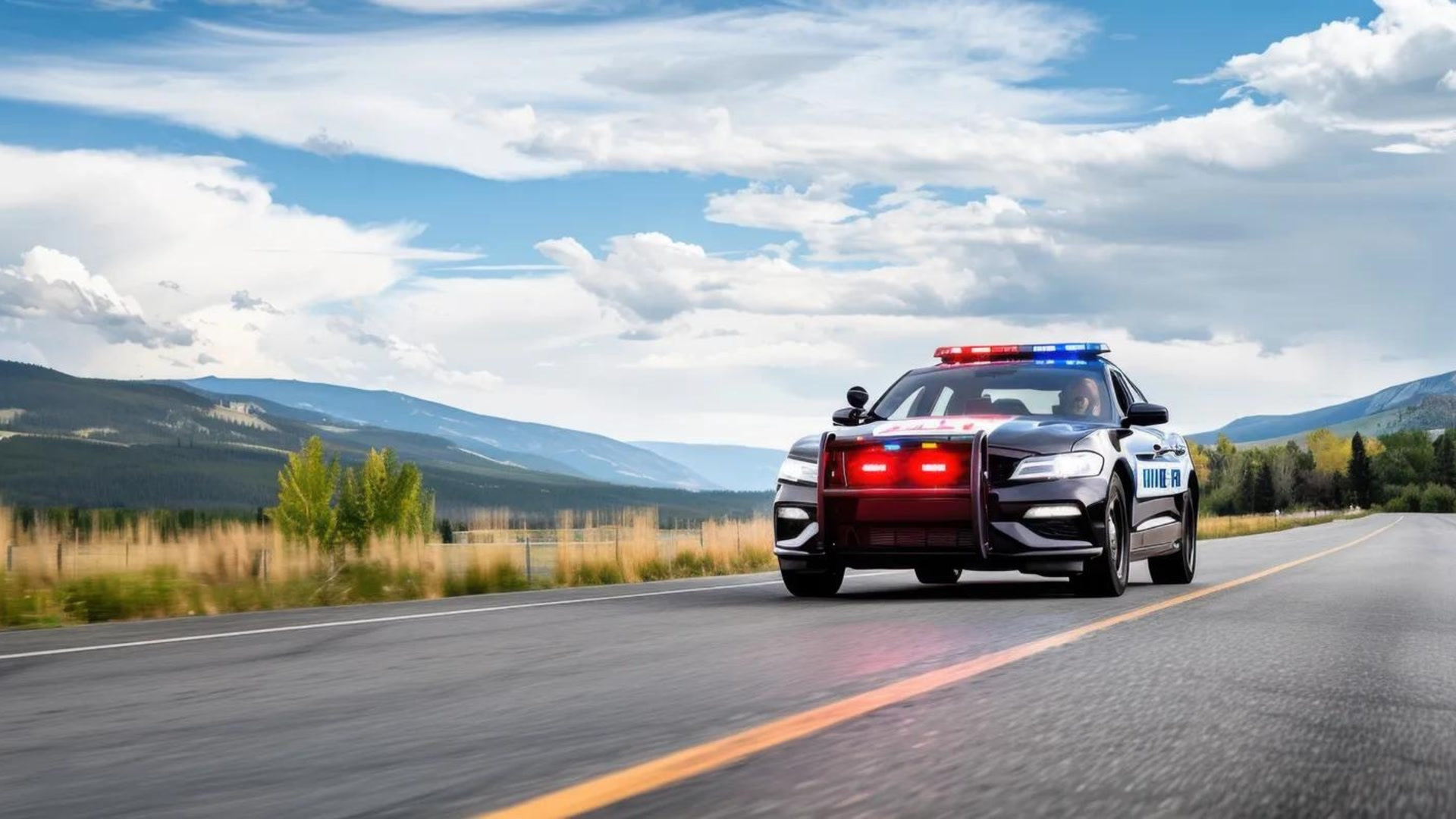
Law enforcement technology: Four trends to know for 2026
November 7, 2025
6 minute read
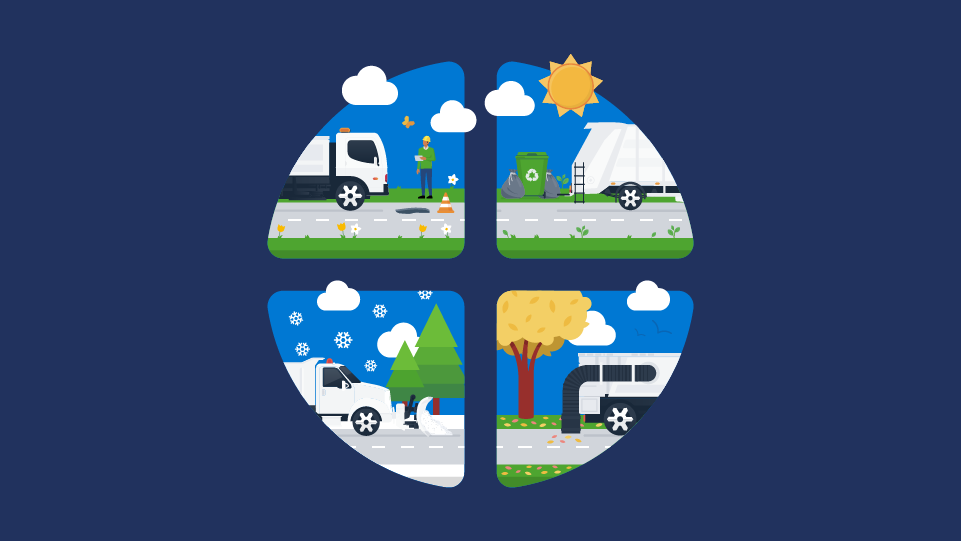
Four seasons of fleet intelligence with Geotab's Public Works solution
November 7, 2025
2 minute read